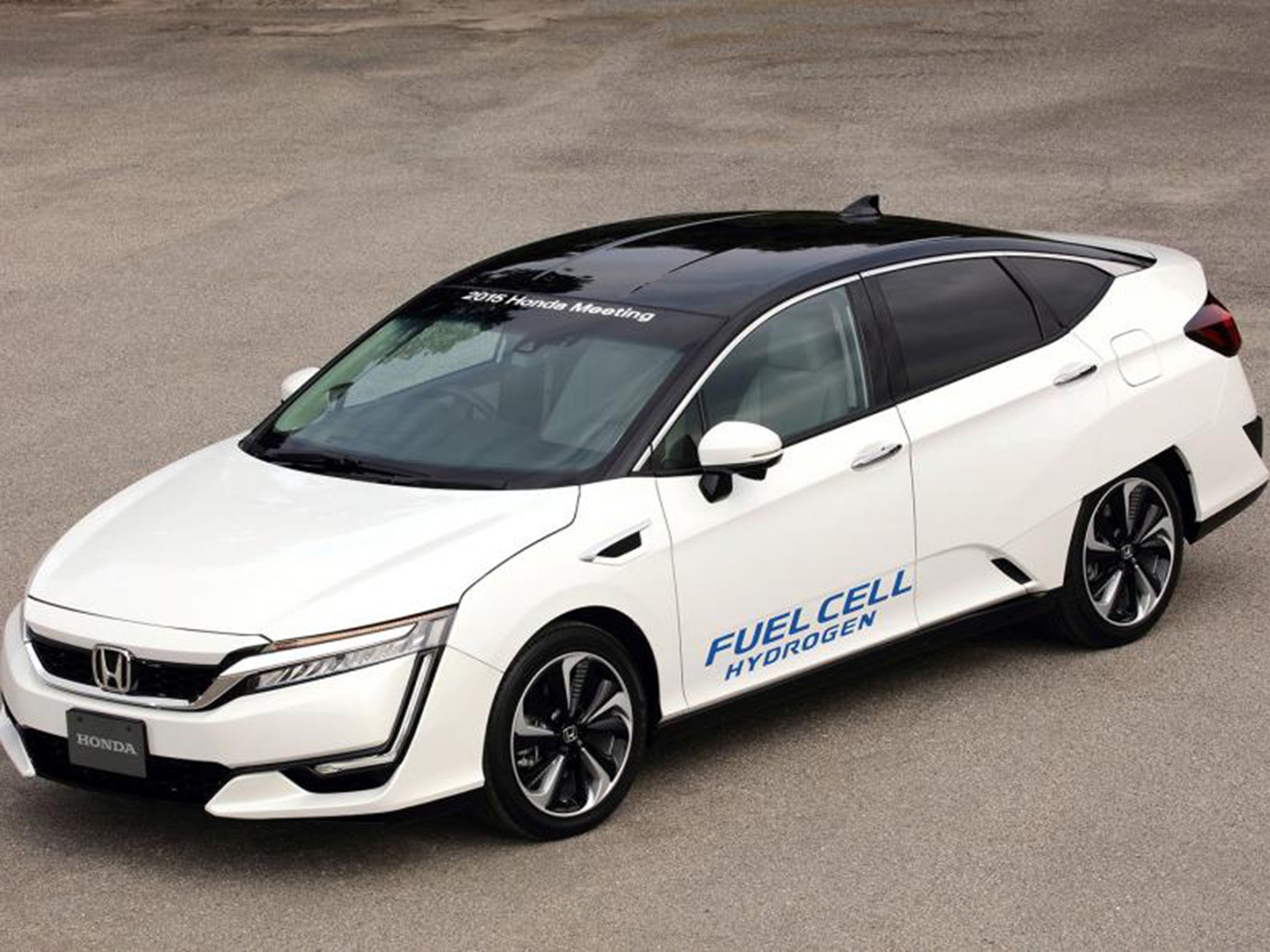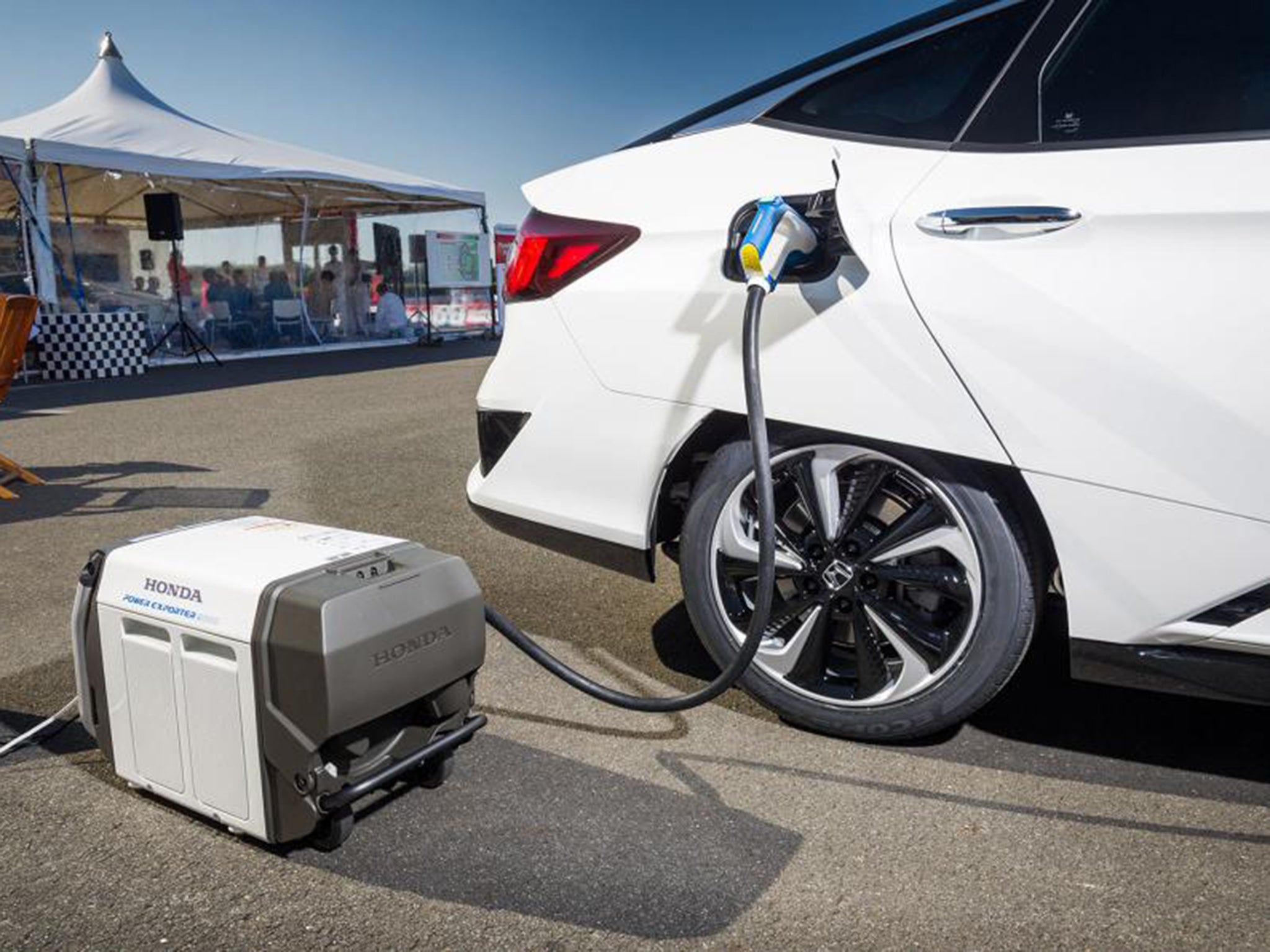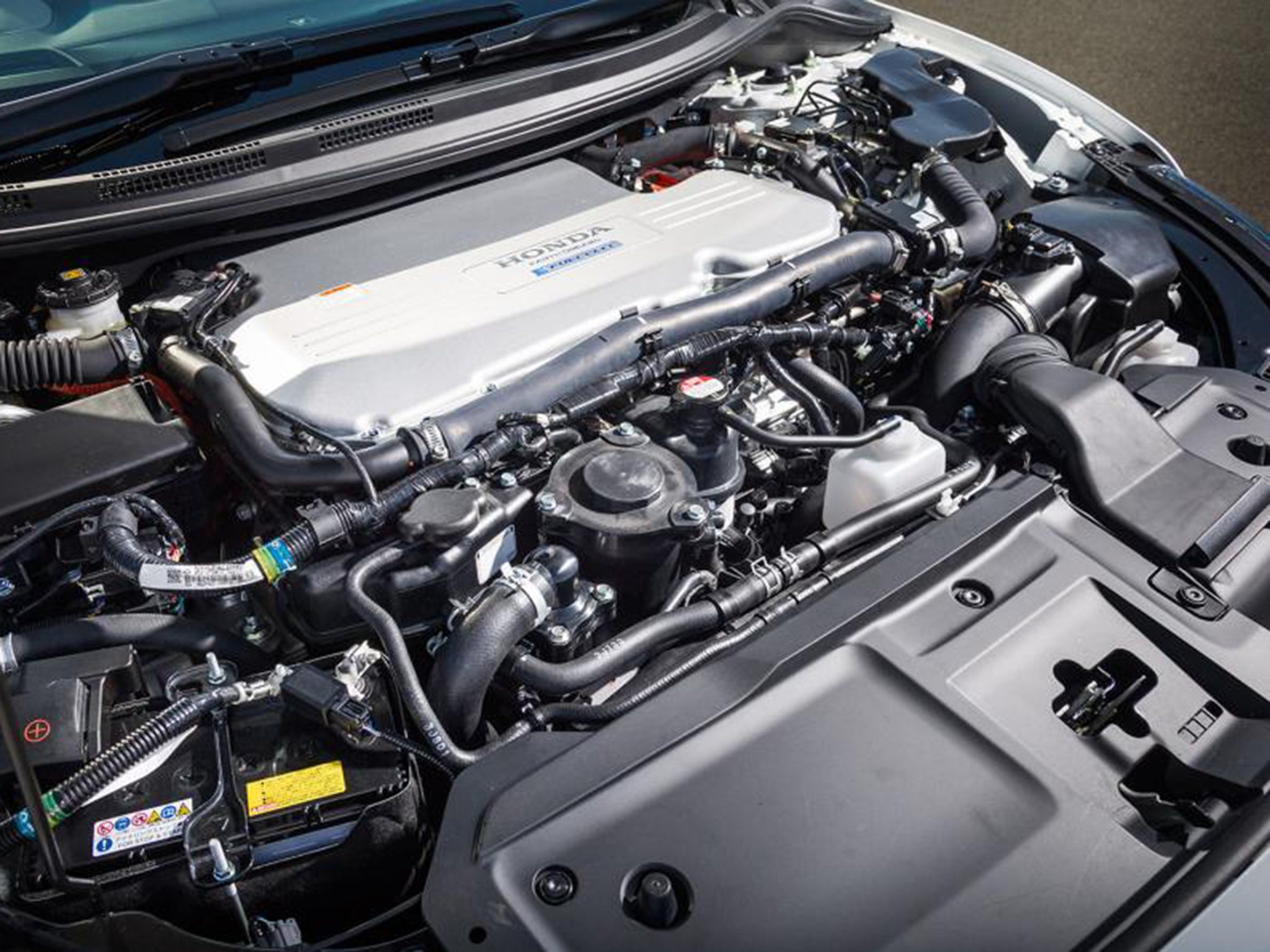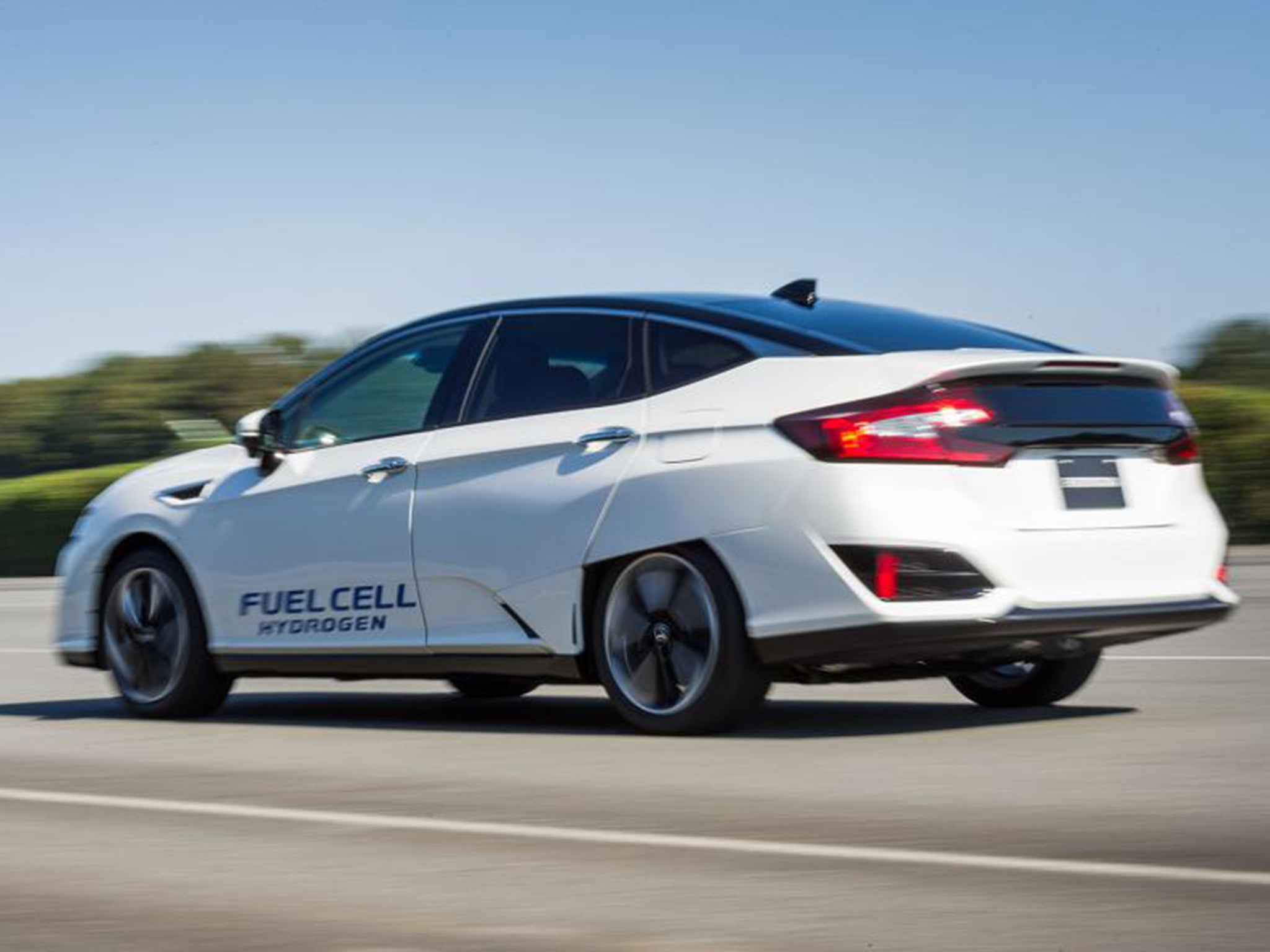2016 Honda FCV Clarity, car review: Goes a long way to bringing hydrogen fuel cells out of obscurity
There are things to iron out, but you can now get a realistic car powered by a hydrogen fuel cell for everyday motoring

Gradually we are seeing the emergence of hydrogen fuel-cell vehicles, not exactly into the mainstream, but at least out from niche near-obscurity. With Toyota having launched the Mirai and now the arrival of a Honda rival planned for bigger numbers, this is a niche that wants to become huge. How much closer has that just become with the launch of the Honda FCV Clarity?
There are some encouraging numbers, such as the range, which should now be 300 or even 400 miles. The earlier FCX could manage a maximum of about 240. This is due largely to another rather more startling number. The last model had a hydrogen tank with fuel stored at 350bar pressure. That’s over 5000psi. The new FCV model has two hydrogen tanks with fuel stored at 700bar. Yup, that’s over 10,000psi.

The main tank sits in the rear, taking up some of the boot capacity. The tanks are wrapped in aluminium and carbonfibre but you wouldn’t be human if that didn’t cause the odd twinge of concern, even though Honda have most definitely got that covered in all senses.
In terms of space, the boot is definitely compromised, but there isn’t that much space for the rear passengers either, given the exterior dimensions. It’s a five-seater car but not for long journeys. Up front there is more space and a decent compromise between the layout of a car you want to drive every day and a dashboard which screams that it’s all high-tech and futuristic.

Here’s another astonishing statistic. The fuel cell stack is new and costs only 10% of the cost of the old one. Not only that, but it is only two thirds the size of the old one too. This has allowed the cell to move under the bonnet rather than further to the rear, so that liberates more space in the cabin.
On the move you notice the eerie calm. At low speeds there’s just a faint noise from the fuel cell up ahead and that’s about it. As speeds rise you get a touch of tyre roar and wind noise but otherwise it’s totally silent. You should be able to creep up on pedestrians in a thoroughly satisfying manner.
It’s a doddle to drive too. Put it in Drive, put your foot on the accelerator. That’s it, you’re under way. Performance is adequate with a nominal power output of 134bhp, and acceleration is reasonably brisk. Handling is on the comfortable side, but we didn’t get much chance to explore that aspect of the vehicle very far.
There are still some things to iron out, but let’s pause for a minute and reflect on the fact that you can now get a realistic car powered by a hydrogen fuel cell for everyday motoring.

There are concerns, like the lack of refuelling infrastructure, but then that was the case when EVs and hybrids started coming on stream. Equally, price is an issue and that cheaper fuel stack doesn’t go far to help things. In Japan these tend to be leased, but if you were putting a price on it it would be around £42,000. Maybe they’ll offer a lease deal in the UK, but we don’t have a release date yet. They will be available for leasing in Japan next year.
But whatever happens, hydrogen fuel-cell technology is clearly making major leaps forward. Given the speed that hybrids have advanced, not just in their technology and infrastructure, but also in acceptance by the public, hydrogen fuel-cell vehicles could be a sector to watch.
Join our commenting forum
Join thought-provoking conversations, follow other Independent readers and see their replies
Comments